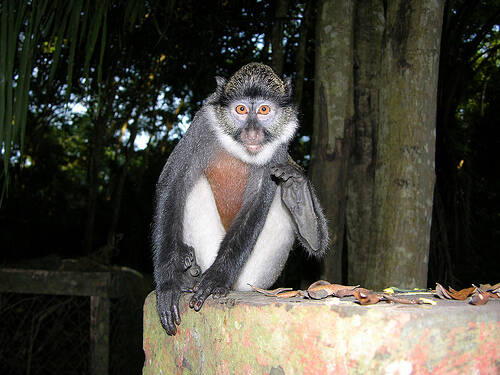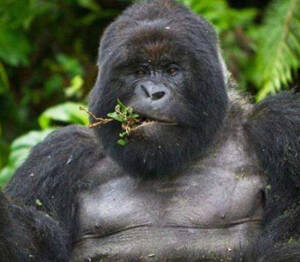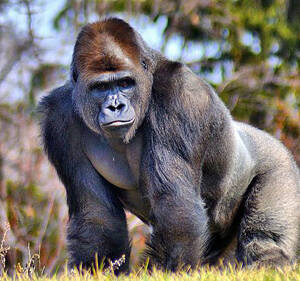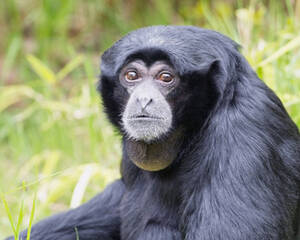Cercopithecus erythrogaster
IUCN
LCBasic Information
Scientific classification
- name:Cercopithecus erythrogaster
- Scientific Name:Cercopithecus erythrogaster,White-throated Monkey,Red-bellied Vervet Monkey
- Outline:Primates
- Family:Cercopithecidae Cercopithecidae
Vital signs
- length:No verification information
- Weight:No verification information
- lifetime:No verification information
Feature
Red patches on the abdomen
Distribution and Habitat
The red-bellied monkey is found in Benin, Nigeria, and Togo. Most of them live in forests.
Appearance
The snout is prominent, the jaws are strong, there are 32 teeth, the nostrils are facing forward and downward, and the hands and feet have 5 fingers and toes with flat nails, which can stand upright. It is diurnal. It has cheek pouches for storing food, low-pointed teeth, and a relatively varied diet. Usually, the limbs are of roughly equal length.
Details
The scientific name of the red-throated monkey is Cercopithecus erythrogaster, and its foreign name is White-throated Monkey. It lives in the top of the forest canopy and is a social animal. It consists of family groups of 5-50 monkeys, and there are also small groups of single male monkeys. These monkeys have complex facial expressions, and they will "smirk" and comfort each other. They are active and live in trees during the day. They rarely go to the ground, and they will forage anywhere in the canopy. At night, they will go to higher places to rest. Their special fur color can provide a variety of visual signals, and they can also send out a variety of warning signals, with different calls for different predators. They mainly eat fruits and insects, and also eat flowers, young leaves and invertebrates.

Listed in the IUCN Red List of Primates, Ver.: 2008 - Vulnerable (VU).
Protect wild animals and stop eating game.
Maintaining ecological balance is everyone's responsibility!








